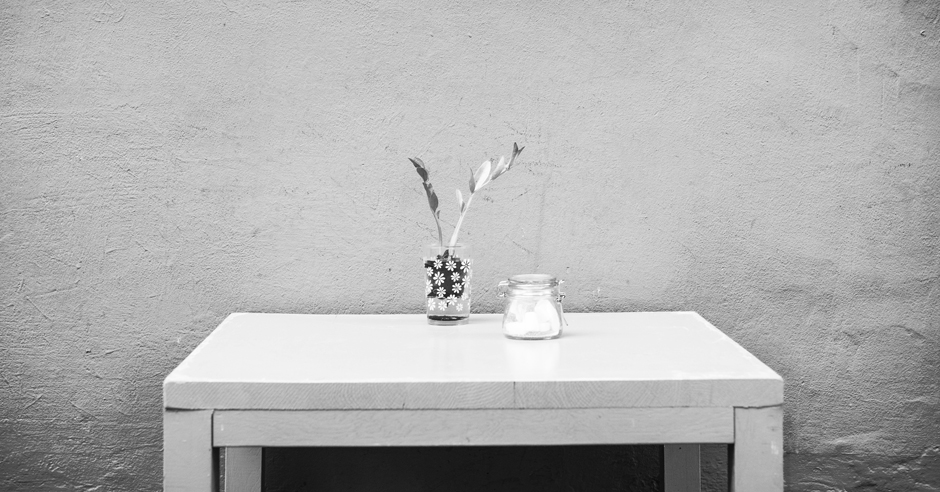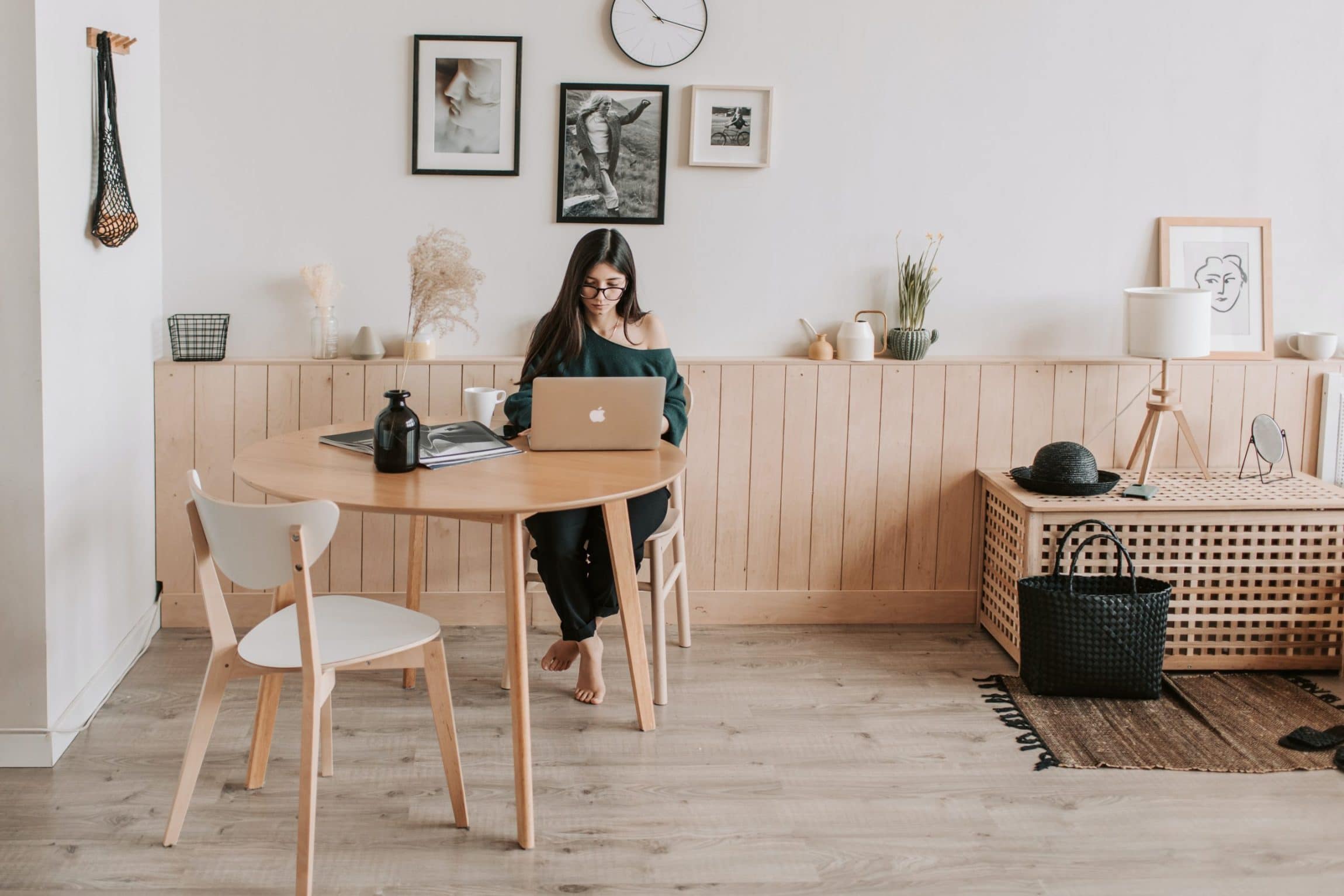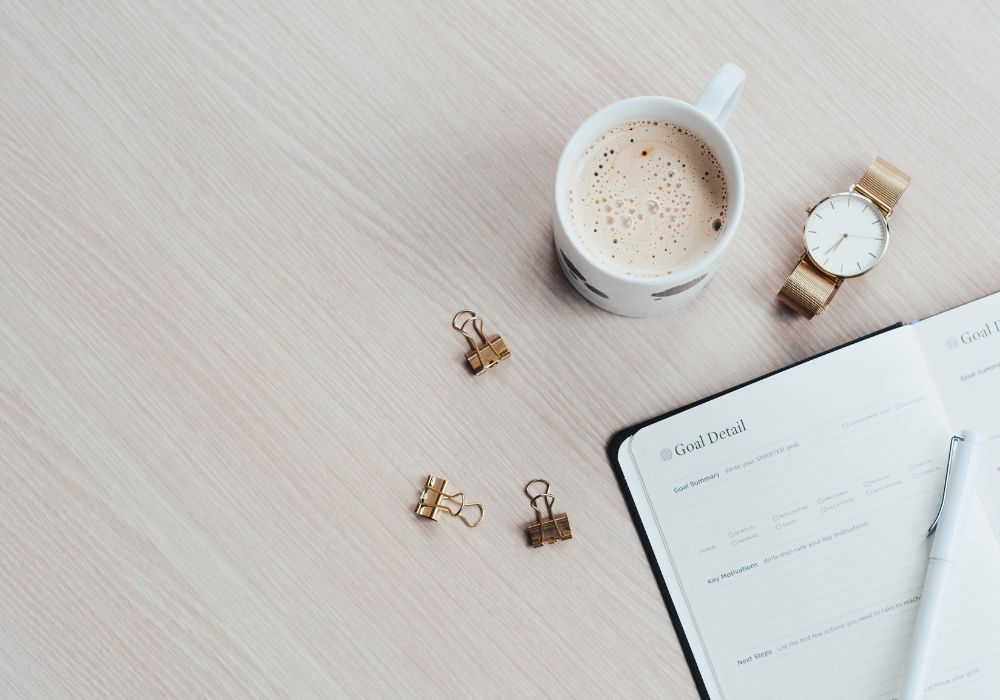Comprehending Minimalism: Strategies for Lowering Clutter and Enhancing Quality in Everyday Living
Minimalism is significantly identified as a viable approach to boosting clearness and emphasis in today's cluttered globe. By methodically evaluating our belongings and focusing on intentionality, we can develop areas that not only mirror our worths yet additionally promote psychological health. Utilizing approaches such as the "Four-Box" method can promote an extra organized setting, yet truth challenge depends on growing a minimal way of thinking that sustains these efforts. Checking out the nuances of this ideology might reveal surprising insights right into how you can change your day-to-day live. When you welcome this deliberate simpleness?, what might you find.
Specifying Minimalism and Its Benefits
Defining minimalism includes understanding it as a way of life option that stresses simplicity and intentionality in both daily routines and physical possessions. At its core, minimalism motivates people to prioritize what really matters, enabling a much more significant and concentrated existence. By removing the non-essential, minimalism welcomes individuals to engage deeply with their experiences and surroundings.
It promotes psychological quality, as lowering clutter in one's setting can lead to lowered interruptions and stress and anxiety. Minimalism advertises monetary flexibility; by prioritizing demands over desires, people can make more educated getting decisions, leading to potential financial savings and minimized financial obligation.
Eventually, minimalism is not merely concerning worldly reduction but entails an alternative change in perspective, cultivating a life identified by balance, purpose, and fulfillment. Welcoming this lifestyle can bring about extensive changes in how people interact and regard with the world around them.
Assessing Your Existing Mess
Clutter frequently materializes as a frustrating build-up of products that no longer offer a purpose, producing a barrier to attaining a minimal way of living. Take note of certain classifications of things, such as apparel, books, or kitchenware, as this will assist you understand the scope of the mess.

In addition, think about the frequency of use for each item. Inevitably, understanding your existing mess is a crucial step toward accepting minimalism and boosting clarity in your day-to-day living.

Practical Decluttering Methods
Having evaluated your present mess, the next step is to implement practical decluttering techniques that help with a more arranged living area. Minimalism. One efficient method is the "Four-Box" technique, where you mark 4 boxes classified: maintain, donate, garbage, and relocate. This method urges fast decision-making and ensures products are classified properly
An additional strategy is the "One in, One out" guideline, which stipulates that for every new thing obtained, an existing thing must be removed. This principle assists keep balance and protects against buildup over time. In addition, think about the "30-Day Minimalism Game," where you eliminate one thing on the very first day, two on the second, and so forth, cumulatively fostering a sense of success.
For those that have problem with psychological accessories to possessions, the "Sentimental Value" approach can be useful. Restriction yourself to a particular variety of treasured products, permitting you to value their importance without frustrating your room. Develop a routine decluttering timetable, whether month-to-month or seasonally, to keep a clutter-free setting. By using these techniques, you can develop a much more reliable and peaceful home, eventually improving quality in your daily life.
Creating Intentional Rooms
Creating deliberate areas entails a thoughtful approach to just how we layout and arrange our environments, making sure each location serves a specific objective and shows our values. This technique is vital in growing a feeling of clarity and function in our lives. By find out this here seriously analyzing the feature of each room, we can remove diversions and improve our general well-being.
To create deliberate spaces, start by recognizing the primary activities that will certainly take place in each area. For circumstances, a home workplace should be made to promote performance, integrating components such as adequate illumination, comfy furniture, and marginal disturbances. On the other hand, a leisure area need to promote tranquility, including calming colors and comfortable seating.
Furthermore, take into consideration the psychological influence of your environments (Minimalism). Incorporating individual things that resonate with your worths, such as artwork or plants, can improve the connection to your space. Routinely evaluate these atmospheres to guarantee they proceed to offer their desired purpose as your requirements advance
Ultimately, developing deliberate areas is regarding making aware options that align with your way of life, promoting harmony and effectiveness in your living and workplace.
Preserving a Minimalist Way Of Thinking
Accepting a minimal frame of mind calls for recurring representation and intentionality in our activities and thoughts. Set apart time to evaluate your commitments, properties, anonymous and even electronic material, ensuring they align with your core concepts.
Another secret technique is to exercise gratefulness. Acknowledging what you already possess fosters satisfaction and minimizes the wish for excess. This change in viewpoint motivates admiration for simpleness, enhancing total well-being. Including mindfulness strategies, such as reflection or journaling, can additionally reinforce a minimalist mindset by advertising clearness and minimizing psychological mess.
In site link addition, develop borders to safeguard your energy and time. Discover to state no to non-essential obligations and diversions that do not contribute to your personal growth. Border yourself with similar people who support your minimal journey, as shared values can improve inspiration and liability.
Verdict
In verdict, embracing minimalism supplies significant advantages, consisting of decreased mess and boosted quality in day-to-day life. The principles of minimalism offer as beneficial tools for cultivating a setting that sustains individual growth and well-being.

Furthermore, think about the "30-Day Minimalism Game," where you eliminate one item on the initial day, two on the second, and so forth, cumulatively fostering a sense of accomplishment.
In final thought, embracing minimalism uses substantial benefits, consisting of reduced clutter and improved clarity in daily life.
Comments on “The Ultimate Guide to Streamlining Your Home with Minimalism Principles”